
Reversepolarity
-
Posts
32 -
Joined
-
Last visited
Content Type
Profiles
Forums
Articles
Gallery
Downloads
Events
Posts posted by Reversepolarity
-
-
That block is a dandy!
-
-
3 hours ago, Black Frog said:
Thank you for the pics! The first digit does not loot to be a "1", it might be remnants of a leading "A" prefix seen on many Trentons.
If it was indeed a leading 1 for a 165xxx serial number, the logo stamp would be a different style. Yours logo stamp agrees with the style of 65xxx serial number range. Thanks again! :-)
Also you can take a pic of the underside of the base to see if it is the early style cast base or the later style. That helps with serial numbers too....
It is a cast base.
what year would that put this anvil at?
-
10 hours ago, Black Frog said:
Can you take a closeup of the side logo stamp? I'd like to add it to the logo database I have going for Trenton anvils. Thanks!
The logo stamp is pretty worn. I can tell that the N is not like an X like most Trentons that I have seen.
As far as the serial number goes, I cannot tell if the first number is a one. Or if it is just a weird spot on the foot.
What age would you put on this anvil?
-
27 minutes ago, Scrambler82 said:
Good Morning and good score.
I have to ask a question…, from the picture of the Anvil, the top looks like the plate is separating from the base, did you do a “Rebound Test” and maybe tap the top to see if it is secured ?
The base looks like it is still in good condition but the top plate is broken out, just me asking for info, I need to understand.
I am not worried about the face at all.
Rings fine, and rebounds at 75-80%
Maybe the paint exagerates the line.
16 minutes ago, Black Frog said:how about a picture of the serial number on the front foot?
Serial number is 165236
-
Stopped by a flea market over the weekend. After inquiring about blacksmith tools. A vendor mentioned he had some stuff at home.
After meeting at his place, and a little negotiating. I walked away with a 123 pound Trenton, Warren tool 3/4 fuller, and 3 pairs of tongs.
Someone had painted it silver at some point. But it cleaned up easy enough.
-
On May 15, 2016 at 3:20 AM, forging-fool said:
Nice job!
How long are those, and are you getting any flex?
I work in an industrial sheetmetal shop. We hand layout all fittings , and parts.
My dividers are my most used hand tool.
-
As was mentioned clamp the rod in the end of the stinger, or bend the rod as needed.
Straight in is fine for rod angle. Hold longer on the edges, and move quickly throught the middle. That will flatten the bead out.
7018 is to be ran vertical up. Also swivel the rod to aim at the edges, don't just weave side to side.
Your 6010 rod would also be suitable.
-
That Prentiss is a DANDY!
-
On September 3, 2008 at 3:47 PM, ThomasPowers said:
Few indeed will be the welding supply places that know what real wrought iron is; most will tell you it's mild steel.
Very true.
Most guys at welding supply stores have no experience.
I have had great luck stick welding wrought iron.
I use a small rod 3/32" 7014 or 7018
Also run at the low end of the heat. Just enough amperage to keep the rod from sticking.
Really watch the puddle and react accordingly. The slag formation behind the puddle will be a little different than welding mild steel, but you will get the hang of it.
Another key thing I have found repairing wrought iron is the prep work.
Clean the joint with a wire wheel.
The cleaner the better.
-
Indeed those are the weight, and date stamps
-
10 minutes ago, Kozzy said:
Out of curiosity, could you share what "affordable" was or is that asking too much? In this half of WA state, they're never affordable--especially considering that most people who have one tend to use it as door stop 99.99% of the time.
Last couple I saw that were in the size range of yours were pushing a grand in asking price.
I paid $300, I was happy at $2 per pound
There is one for sale right now (Craigslist) in Seattle right now for $400 also
The last few I have seen for sale around here were $600-$800 for this size, and they sold at those prices.
Patience always pays off.
-
-
Without a makers mark on it. It is pretty hard to ID.
Looks to be in great shape
-
5 hours ago, SReynolds said:
It is stamped 1-3-16 from what I see
How much is that?
I worked in a shop with one marked 1-3-2 and it is 160-some if I recall.
On another note; I understand the PW anvils were super high quality but . . . . . .and dont take this wrong; they seem to all look like yours. Broken corners and/or section of the carbon face missing.
Perhaps that is normal for that brand? I don't recall seeing other anvils looking like that. Some of mine have small chips from the corners and they are Trentons and Black Jack.
I totally agree, most Peter Wrights I see have been rode pretty hard.
I do like this anvil. And the large working area of the face. But I much prefer my Hay Budden anvil.
And as was mentioned. The weight stamp is 212 pounds. But even with the face damage it tips the scale at 213.9
-
4 hours ago, WAGONJON said:
Nice score indeed! How does it work for you?
Works out great for me.
I had been looking for an 8" leg vise for a couple of years. Most of my work is making obsolete parts (heavy work) for loggers, and farmers.
This vise being offset is a great bonus for long work.
I also like the depth of the jaws, they hold work very nice for file work.
The best part was the price $60
-
Thanks guys.
The lack of Solid Wrought stamp has always made me wonder.
-
-
-
-
-
8 hours ago, littleblacksmith said:
did you just coat it in oil as a finish? looks really nice!
Littleblacksmith
I coat them with boiled linseed oil
-
I wish I had a press.
No such luck
18 hours ago, ThomasPowers said:My weapon of choice for straightening/flattening is my large screwpress: quiet and controllable. May I make a suggestion: flip the U bolt around so the ends are pointing under the mounting bracket---less things to interfere with the workpiece(s) when it's sticking down through the vise jaws. You generally offset a vise from the table/stand/etc and even if you want to snug it up, the U bolt could be slid down quite a bit on the shaft and still work the same.
The U bolt will get turned around when I mount the vise.
I just put it on quickly to test spring pressure.
-
This entire process took just under 3 hours.
With a little work. Most of these old vises still have alot of serviceable working life in them.
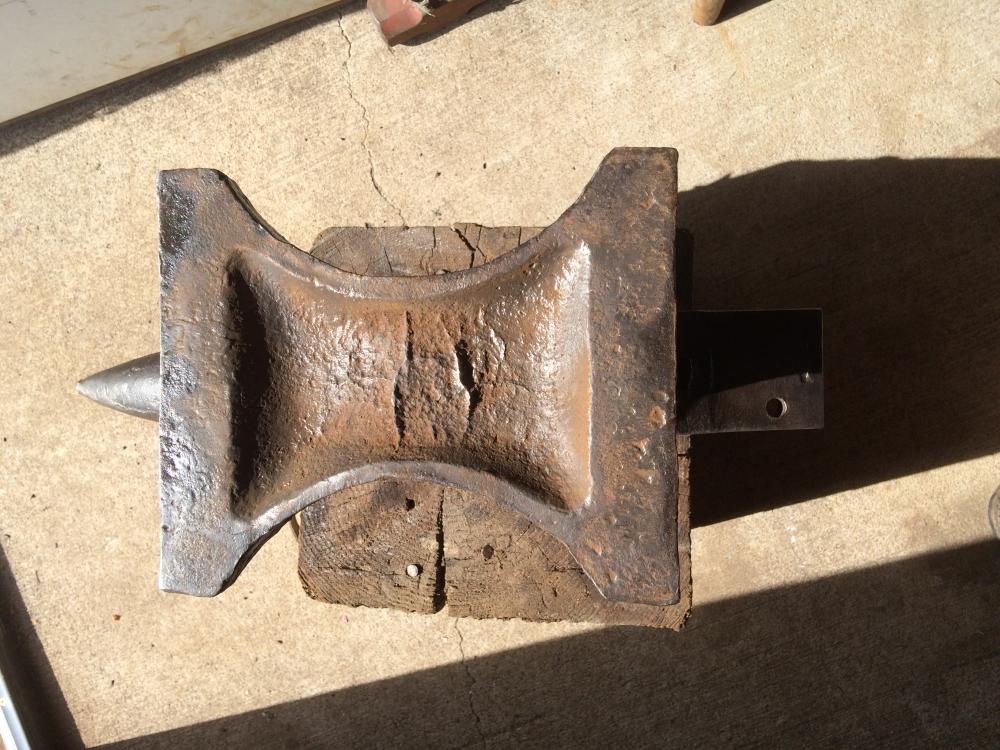
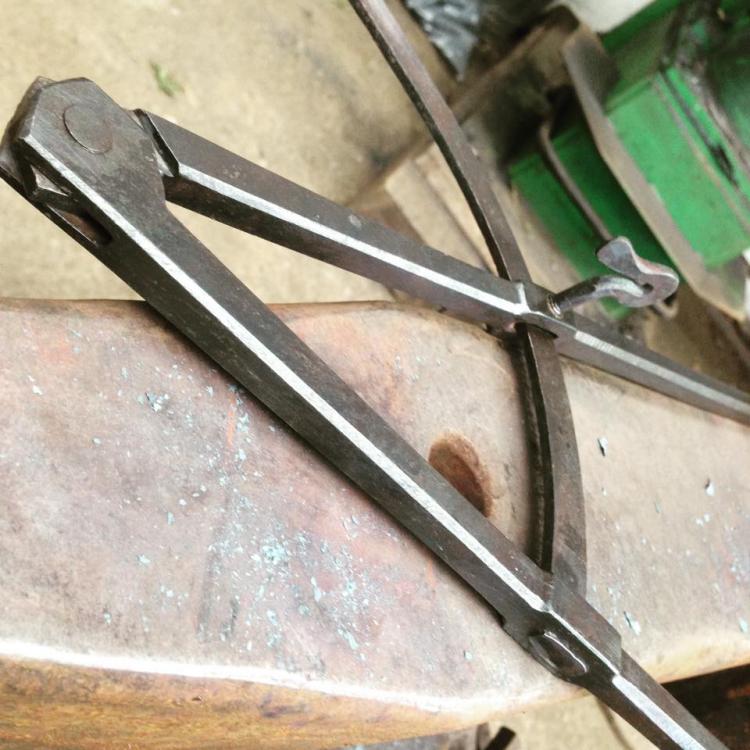
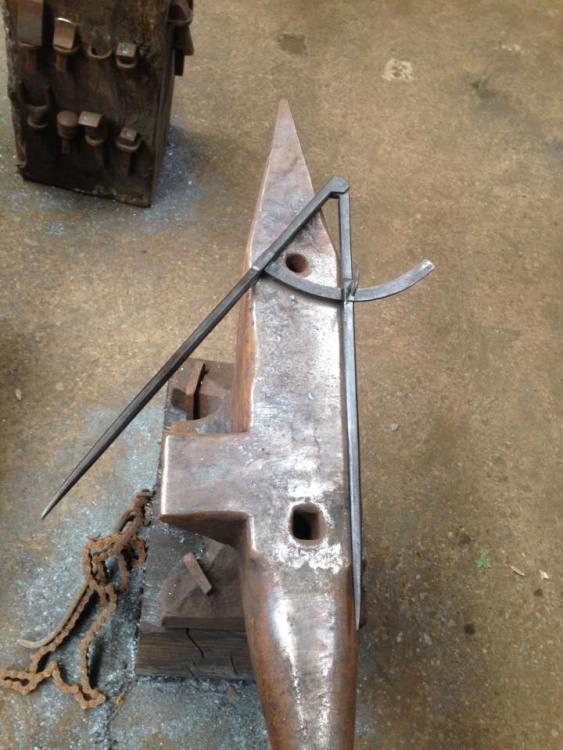
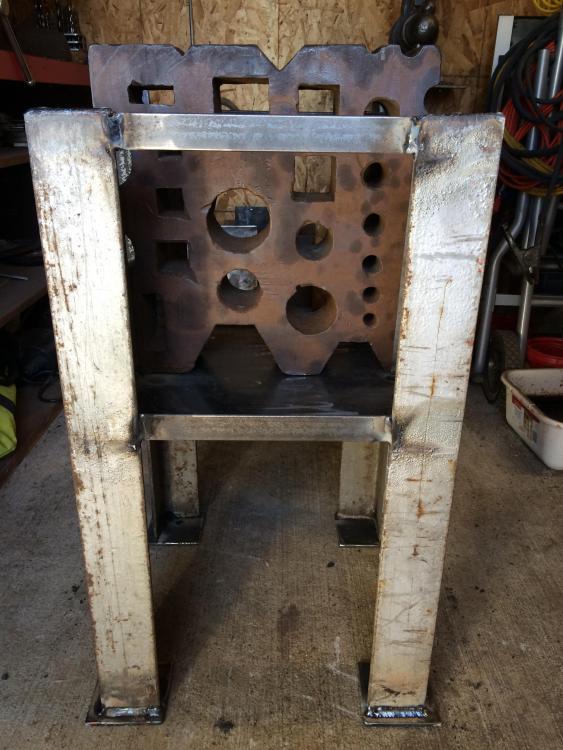
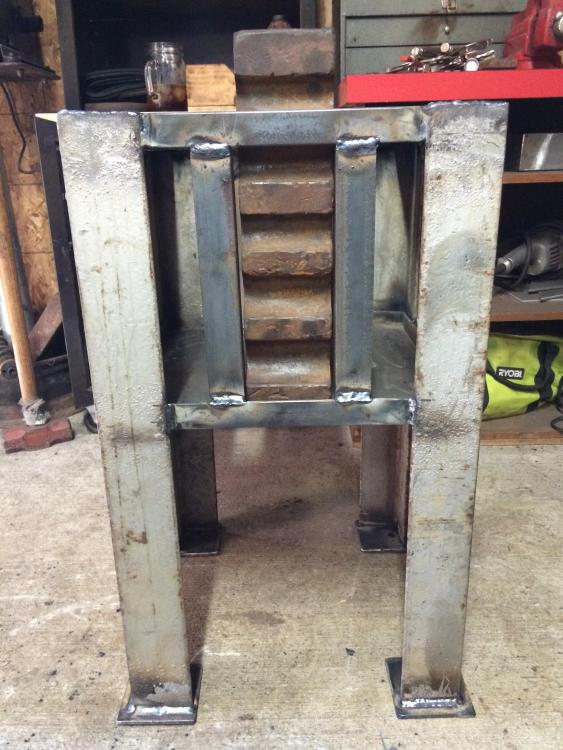
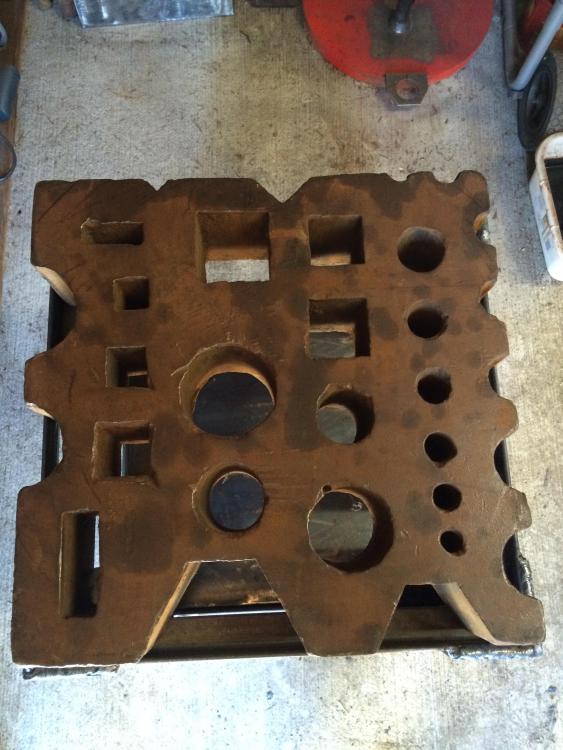
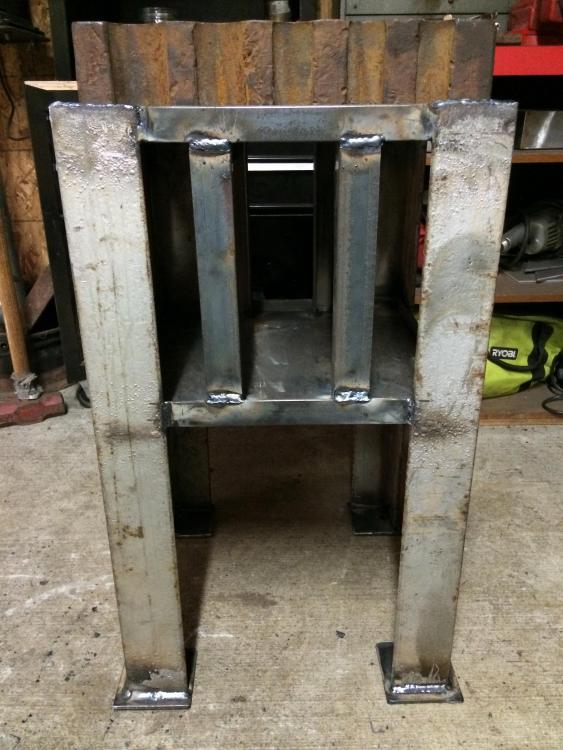
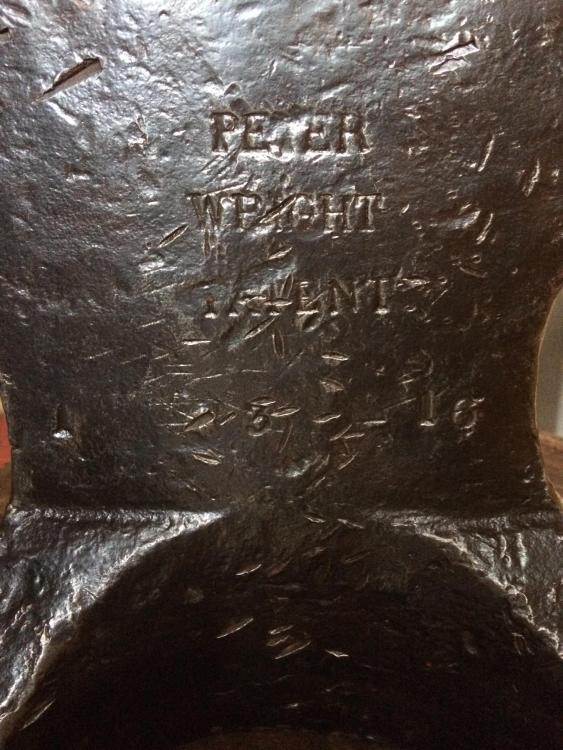
.thumb.jpg.0433f13dc39fd410709a49352a181733.jpg)
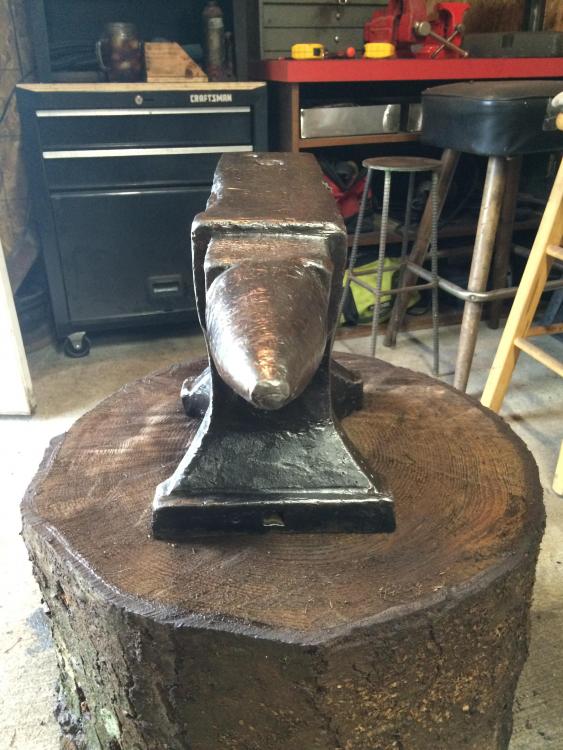
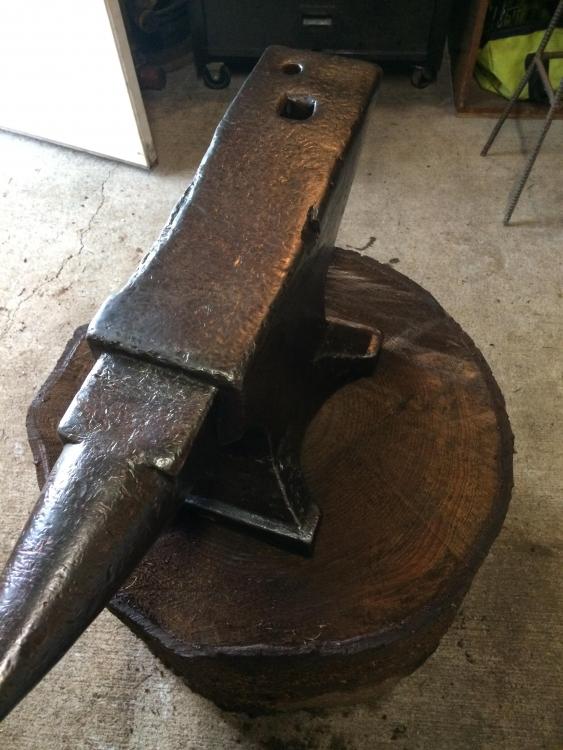
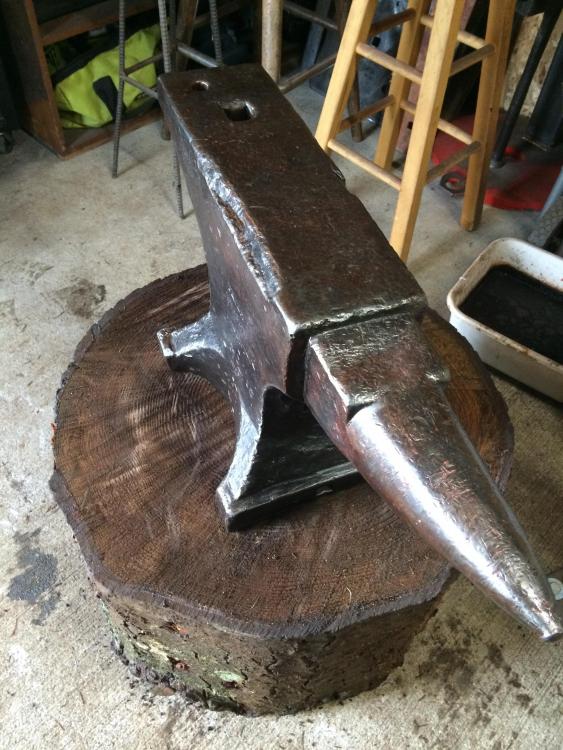
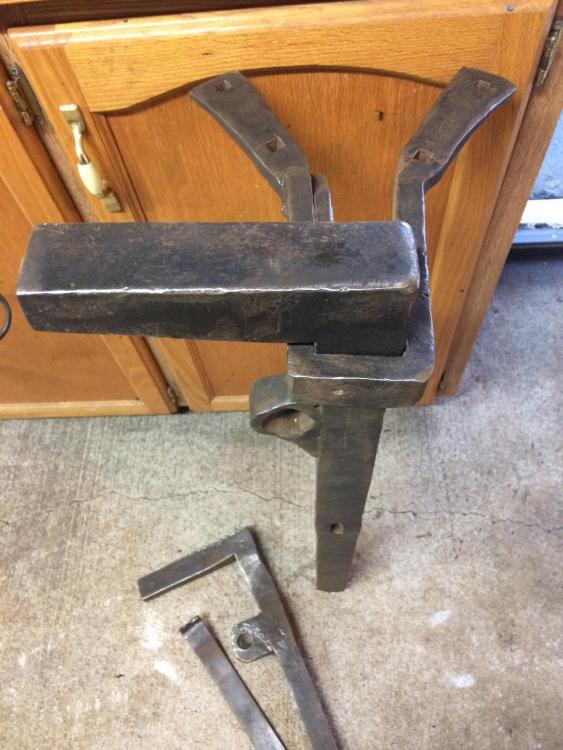
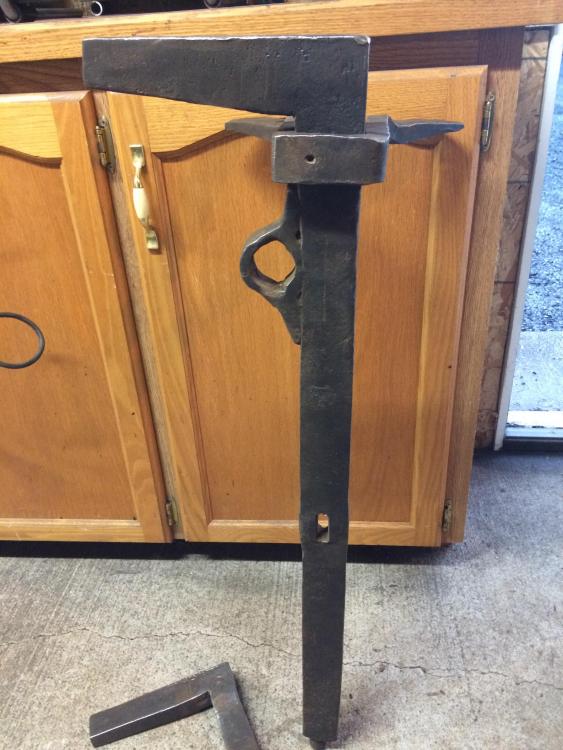
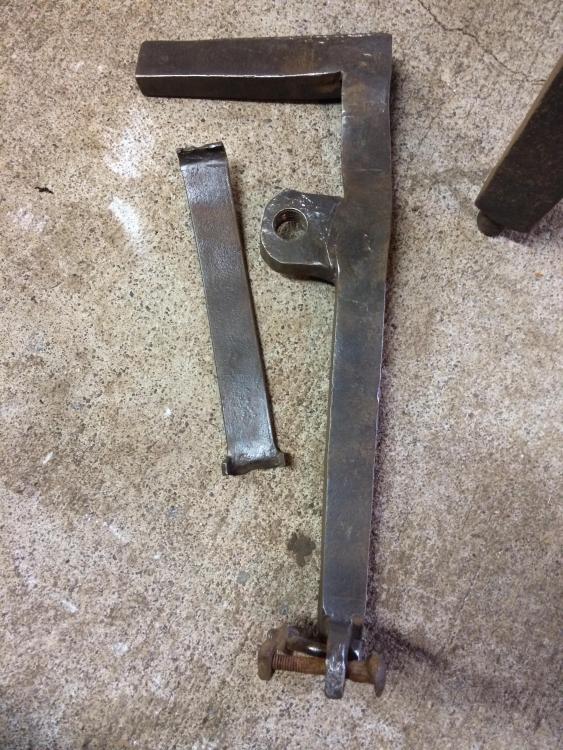
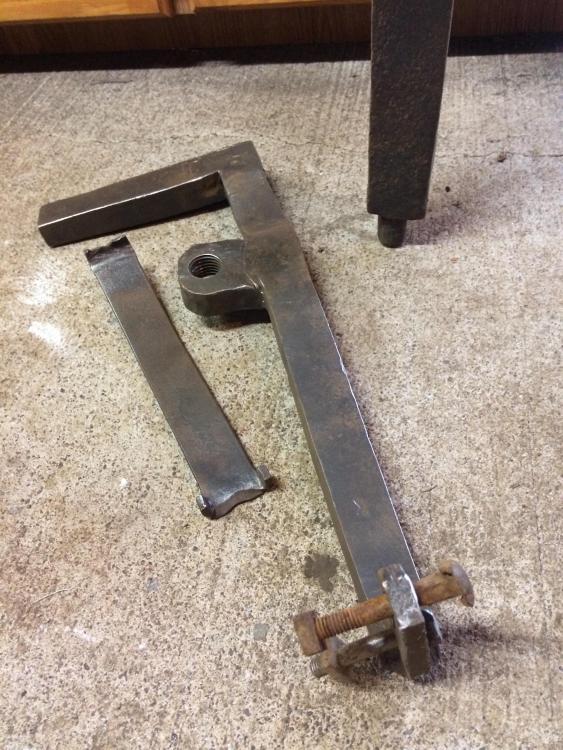
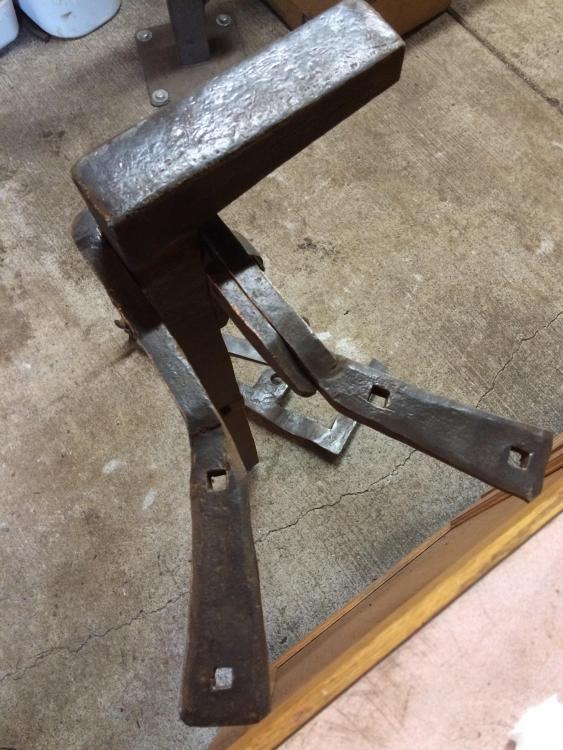
.thumb.jpg.a565fffe6bbfbf6f9cd20782fcc54333.jpg)
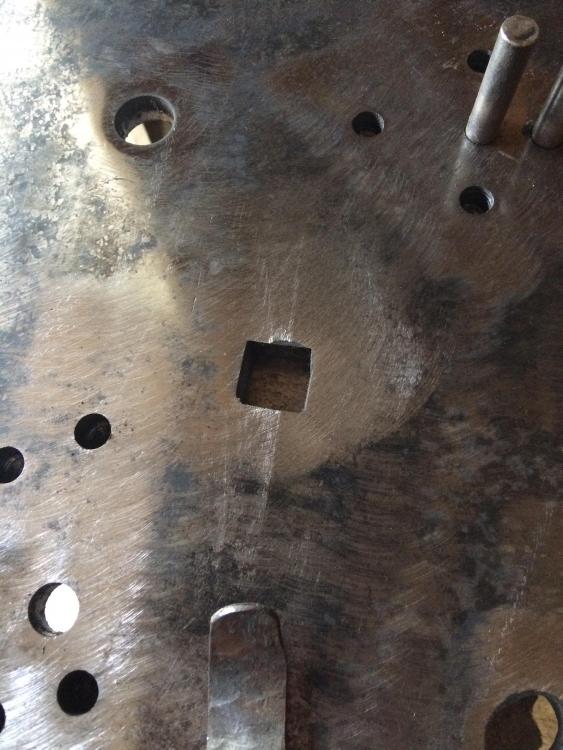
.thumb.jpg.2fd749e1e4176438396e4f03d8ce7151.jpg)
.thumb.jpg.904c6e0a7e020b2c3522e7afe969e068.jpg)
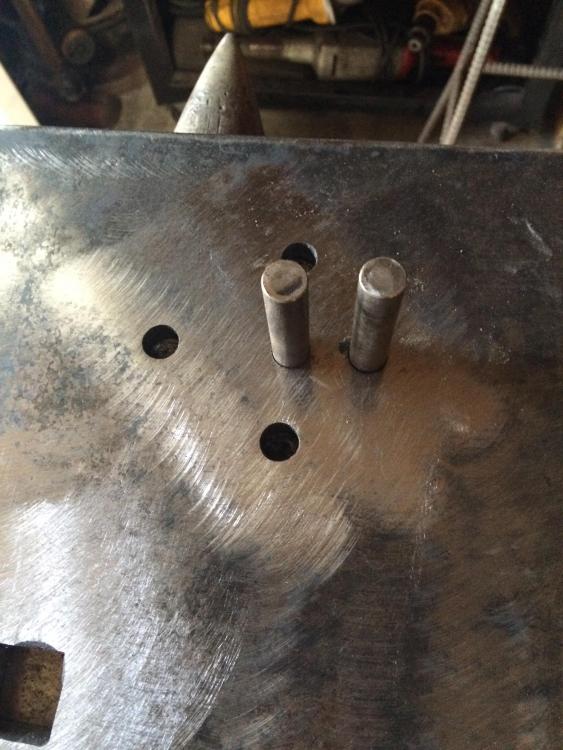
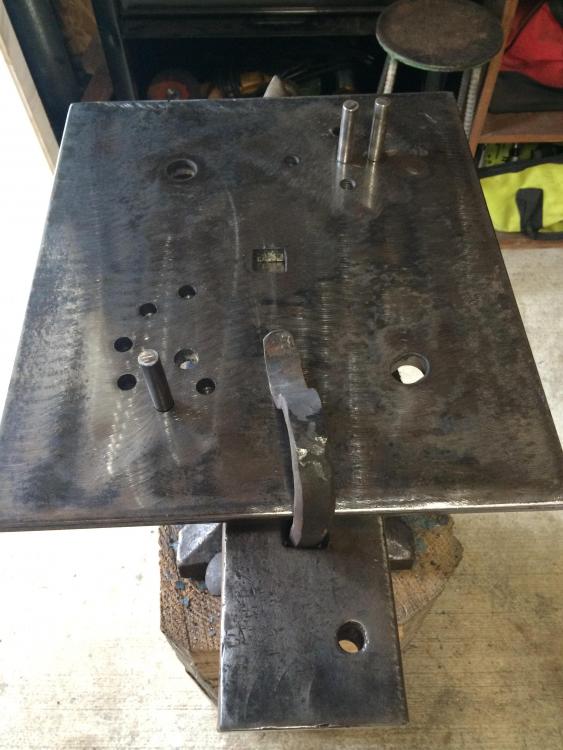
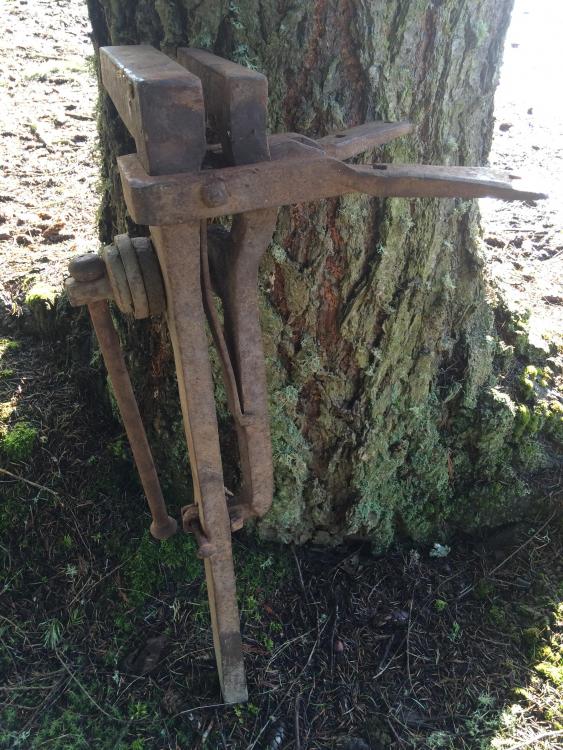
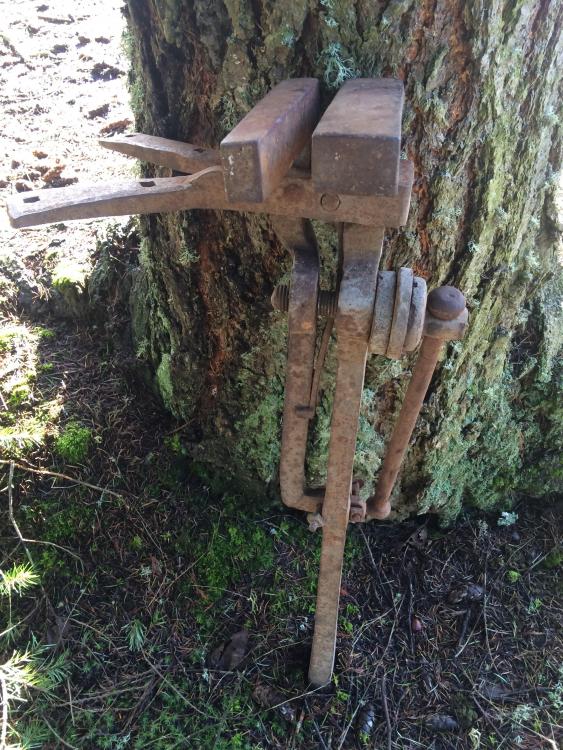
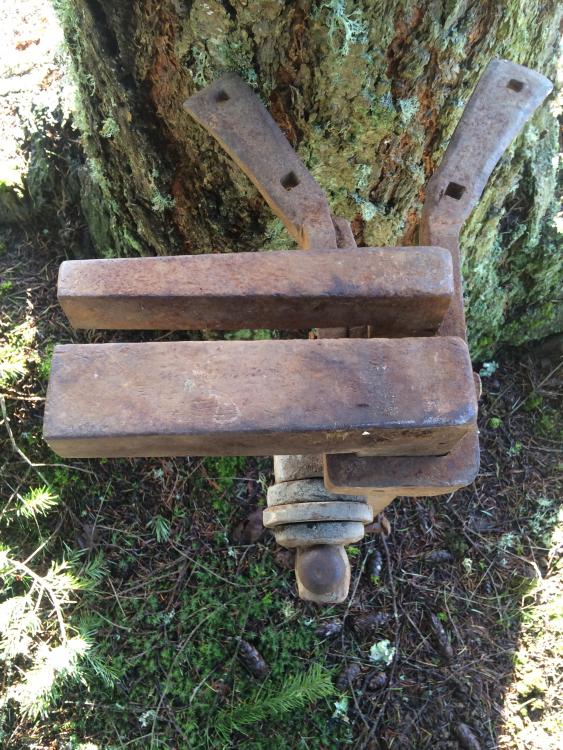
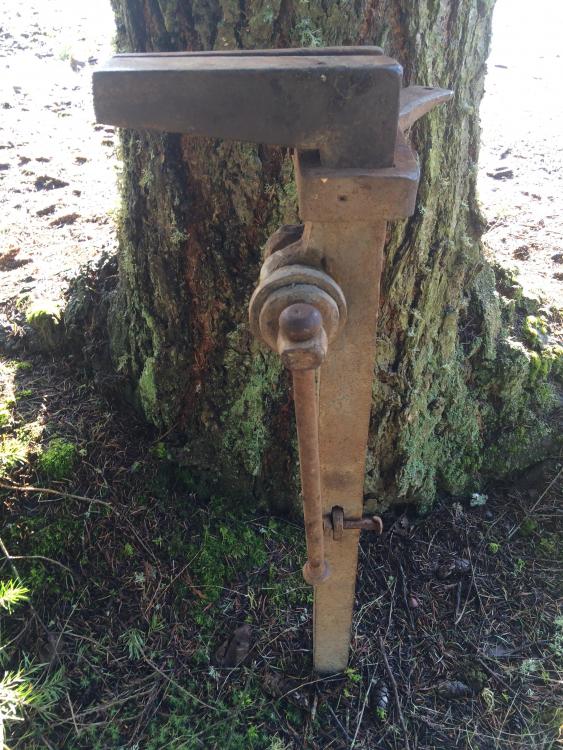
Found another one
in Anvils, Swage Blocks, and Mandrels
Posted
Thanks for the info.
my first trenton. Really liking it.